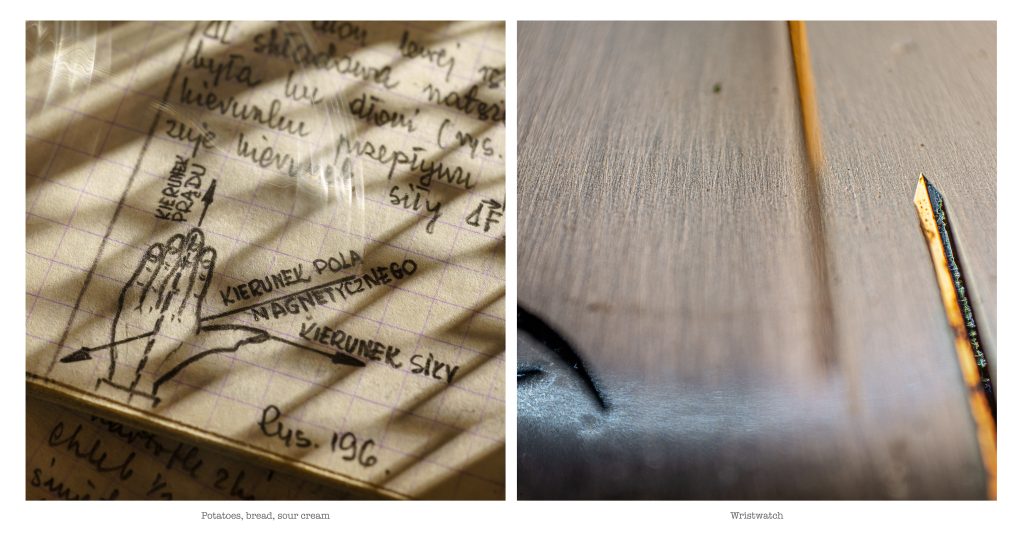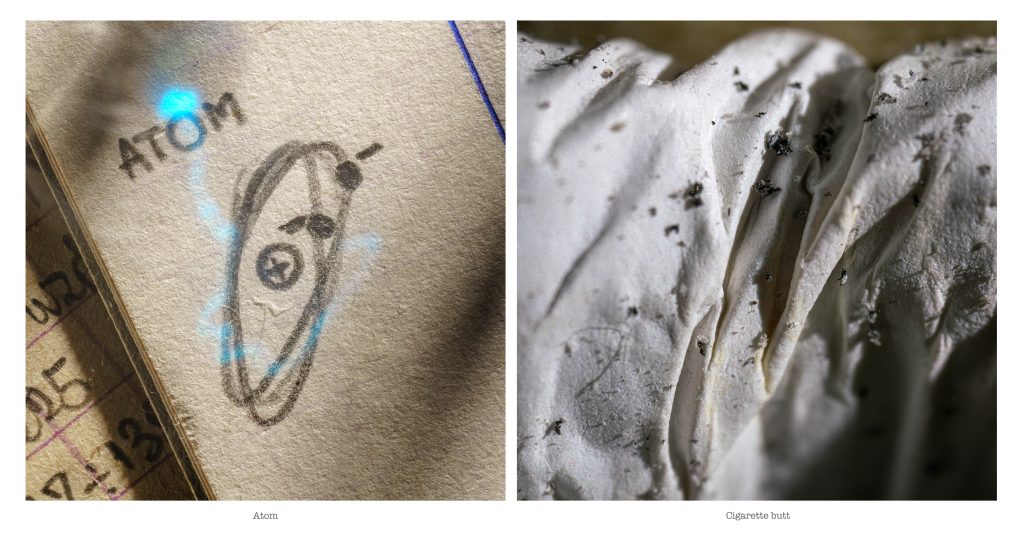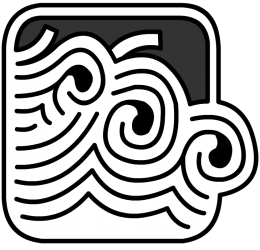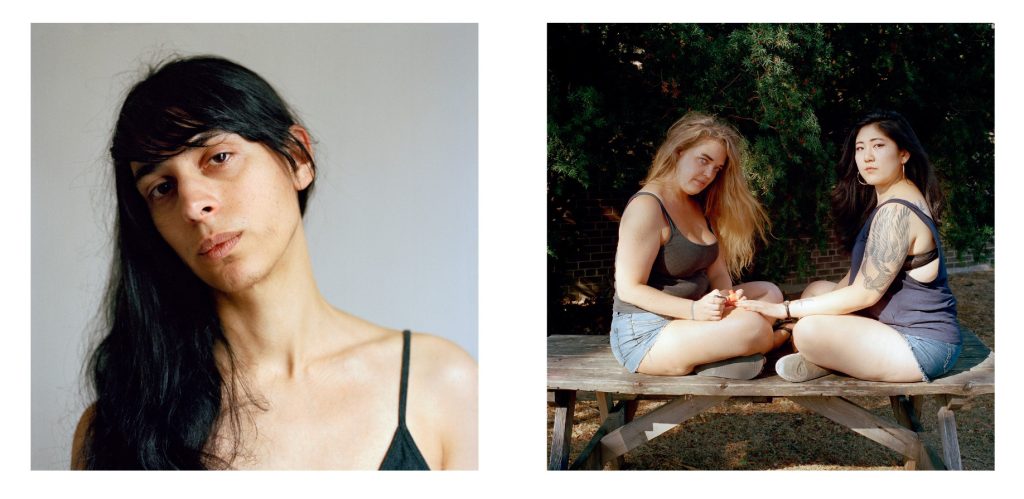
White Water Gallery is pleased to announce our next exhibition, Ephemeral Fields by Andrzej Maciejewski, running at the gallery from September 28 to November 16, 2024. There will be an opening reception on Saturday, September 28 from 1 – 3 pm, which will include an artist talk. Ephemeral Fields is a series of autobiographical diptychs that explore the intersections of modern science, philosophy, and mental health.
On the left-hand side of the diptych are photographs of the artist’s father’s pencil drawings, and each involves an element of ephemeral movement. The artist’s father was diagnosed schizophrenic and died by suicide, leaving 23 small note books with reflections on his life. Five of these books are entirely devoted to “electromagnetic events” and are meticulously transcribed textbooks that include many precise technical drawings.
The images on the right-hand side of the diptych exist in counterpoint and are extracted from mundane everyday objects and occurrences that directly relate to specific events of the artist’s father’s life — occurrences that are rarely noticed, or observed. These small, ephemeral moments are unrepeatable, capturing a moment that can only ever happen once. Shown at microscopic scale, these objects transform into something symbolic, unique and ephemeral. These images are empirical “proof” of theories explained by the numbers, equations and diagrams on left side image.
Paired together, the diptychs speak to the power of legacy, the narrative of autobiography, mental health, particle physics, and the ephemeral nature of existence.
Andrzej Maciejewski was born in 1959 in Poland. He studied at Warsaw College of Photography in Poland, Polish Society of Art Photographers School, and College of Photographic Arts in Ostrava in Czechoslovakia. In 1985 he moved to Canada. He worked as a commercial photographer in Toronto until mid-1990s. He then moved to the countryside in Eastern Ontario and devoted himself entirely to his art. He has published 5 books: Bread (1996), Toronto Parks (1997), After Notman (2003), Garden of Eden (2012) and Weather Report (2016). “After Notman” was a Canadian bestseller and has been widely discussed internationally.
His work has been exhibited at over 60 solo shows in Canada, USA, Poland, UK, Germany, Norway, Latvia, Finland and Uganda. His 2015 series “Weather Report”, involved a series of Camera Obscura images of the same place in different weather conditions, where his 2011 series “Garden of Eden” that has exhibited internationally, explored the form of still life, translating iconic paintings through photography. Maciejewski’s much-lauded 2013 series, “After Notman” involved exact rephotographs of 19th Century Notman’s Montreal views, and his “VIP Portrait Gallery”, that was first shown at The Rooms (NL), explored traditional portraiture lighting and techniques using potatoes as the subject.
His works are found in many private and public collections including the National Gallery of Canada in Ottawa, the McCord Museum of Canadian History in Montreal, and the Preus Museum in Norway, and the Museum fur Kunst and Kulturgeschichte in Germany, among others. He teaches photography in Fleming College, Haliburton School of Art and Design in Canada.


